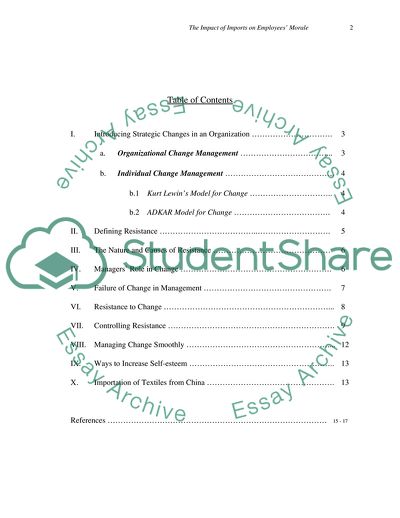Cite this document
(The Impact of Imports on Employees Morale in Australian Textile Coursework, n.d.)
The Impact of Imports on Employees Morale in Australian Textile Coursework. https://studentshare.org/human-resources/1707047-the-impact-of-imports-on-employees-morale-in-australian-textile-manufacturers
The Impact of Imports on Employees Morale in Australian Textile Coursework. https://studentshare.org/human-resources/1707047-the-impact-of-imports-on-employees-morale-in-australian-textile-manufacturers
(The Impact of Imports on Employees Morale in Australian Textile Coursework)
The Impact of Imports on Employees Morale in Australian Textile Coursework. https://studentshare.org/human-resources/1707047-the-impact-of-imports-on-employees-morale-in-australian-textile-manufacturers.
The Impact of Imports on Employees Morale in Australian Textile Coursework. https://studentshare.org/human-resources/1707047-the-impact-of-imports-on-employees-morale-in-australian-textile-manufacturers.
“The Impact of Imports on Employees Morale in Australian Textile Coursework”. https://studentshare.org/human-resources/1707047-the-impact-of-imports-on-employees-morale-in-australian-textile-manufacturers.


